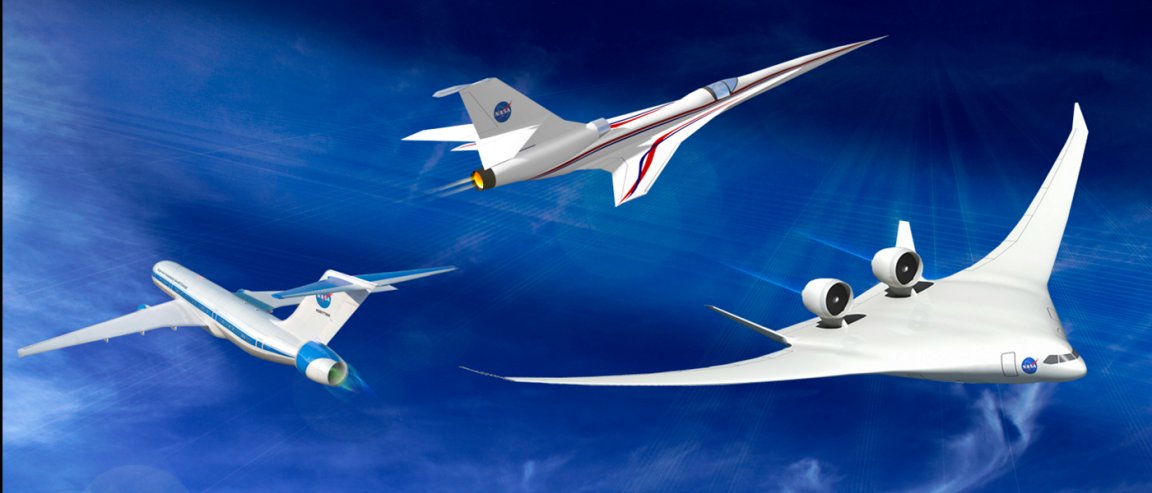
Faster than the Speed of Sound
Supersonic aircraft are, well, planes that travel faster than the speed of sound (the name kind of says it all, honestly). For decades, NASA worked on developing these aircraft, and then they passed on the advancements to the rest of the industry for commercialization.
To date, the Concorde was the world’s only supersonic passenger service, with its first commercial flight in 1976. It could cut down a 17- hour flight between London and Singapore to a mere seven hours. According to British Airways, the Concorde has a “takeoff speed of 220 knots (250 mph) and a cruising speed of 2100 km/h (1350 mph), which is more than twice the speed of sound.”
So a typical London to New York crossing would take just a little less than three and a half hours, as opposed to about eight hours for a subsonic flight.
But ultimately, the prices were just too much to be economically viable. Many argue the Concorde was a revolutionary milestone in the field of aviation technology, that it was a superior advancement caught in the wrong era, and that it was a shame it had to be shut down before its potential could even be explored.
But this year, NASA wants to reopen supersonic aircraft development, and the promises are high.

“Ban the Boom” and “Save the Ozone Layer”
Along with its speed, the aircraft releases a very loud sound referred to as sonic boom, and previous versions had bigger environmental consequences than subsonic aircraft, particularly in relation to the ozone layer—two major issues argued by the Anti-Concorde project that helped bring an end to the flight of the Concorde, the last one being on the 24th of October 2003.
NASA’s new X Plane initiative, called “New Aviation Horizons,” vows to solve both the environmental damage and the noise pollution that comes with supersonic aircraft.
With advancing green aviation technology in focus, a team at Lockheed Martin has been awarded a $20-million funding to develop a quieter supersonic passenger jet that would be fueled by greener energy and use half as much fuel.